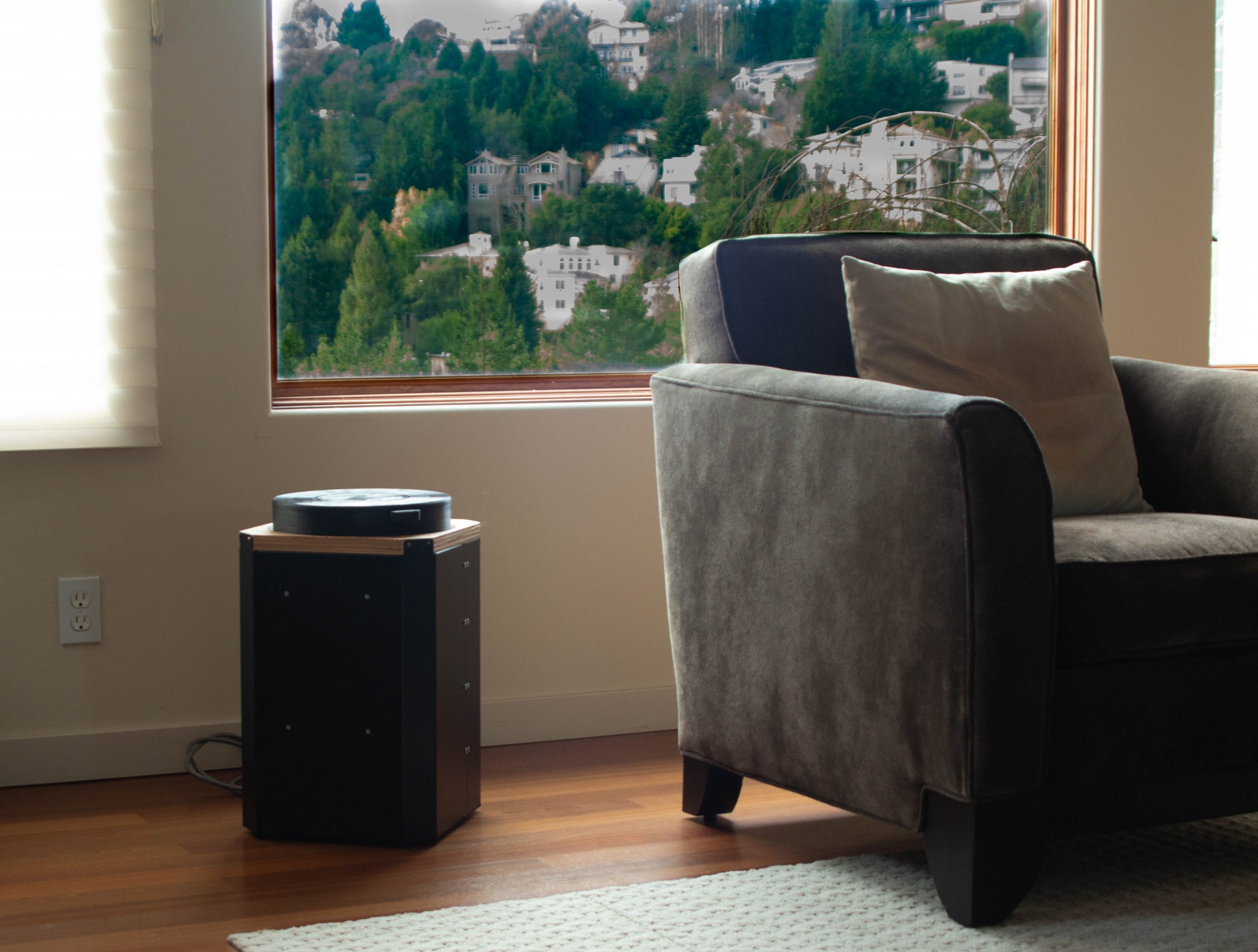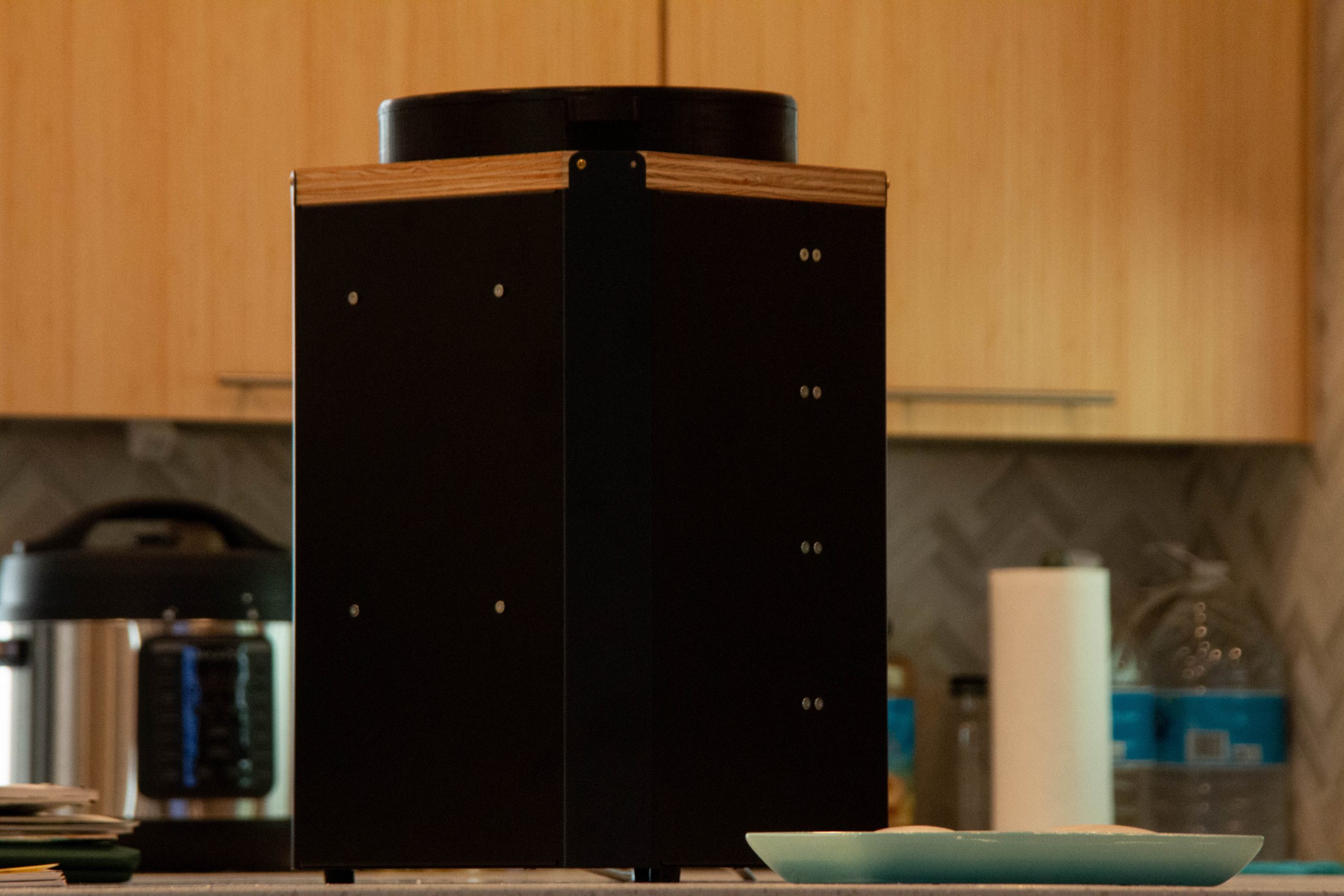Five Questions With: Fathhome
Water-free IoT washer powered by cellular connectivity
We sat down with Fathhome founder and CEO Amir Khazaieli to learn how the company got its start and why its water-free smart washer promises a cleaner, greener world.
How did Fathhome get started?
Like many of the great technical advances, Fathhome started in a dorm room. I first started working on the problem as an engineering student at the University of California, Santa Barbara in part because I was an undergrad and hated doing laundry, but also because it turned out to be really interesting from an engineering perspective.
The fundamental challenge is that the past hundred years have brought incredible advances in textiles, like the quick-drying microfibers that you see in a lot of workout gear, but the methods we use to clean those fabrics haven’t kept up.
Based on the promise of my early research with waterless cleaning, I was able to connect with a committed team of advisors and co-founders. We’ve been fortunate to have found a lot of market interest and a lot of support.
We’re currently working out of Circuit Launch, an amazing space in Oakland dedicated to hardware startups. We’re now testing our waterless washing machine, called Mona, with a community of end users.

People have been washing clothes with water for thousands of years. Does laundry need a new approach?
Emphatically yes. On both a personal and global level.
The truth is, machine washing technology hasn’t really changed much since the 1930s. But as anyone who works out regularly can tell you, traditional washing machines designed for natural fibers like cotton actually aren’t very good at cleaning advanced synthetics like nylon and polyester.
Even after repeated washings, those fibers tend to hang on to odor-producing bacteria. So there’s a real pain point: conventional laundry just doesn’t work that well with synthetic fibers, which now represent more than half of all textiles produced worldwide.
What we’ve learned in the past five years is that the problem is also very serious on a global scale: under the stress of machine washing, synthetic fibers break down. The particles they release are tiny — small enough to pass through water treatment plants — but the aggregate environmental impact is enormous.
More than a third of the microplastic particles in the ocean today come from conventional washing of synthetic fibers. There’s no larger single source of ocean-borne plastic.

How does waterless cleaning work?
Incredibly well, especially for the synthetic fabrics you find in gym clothes or for items that would usually have to be dry cleaned.
Once Mona is closed and sealed, it reduces internal pressure to the point where liquids like sweat and oil just boil away to vapor. It basically reproduces what would happen if you took your clothes to the top of Mount Everest.
Once that’s done, it zaps your clothes or shoes with ozone to destroy any bacteria left behind. The entire process takes about eight minutes, and our app gives you complete visibility and control.
So that’s the technology part. In practice, the first time you use Mona it just feels like magic. Come back from a run, throw your wet shirt in, and eight minutes later it’s clean, dry and ready to wear again.
What kind of feedback are you hearing from users in the real world?
The biggest challenge for us right now really is that it does sound too good to be true. Once people experience Mona first hand, they get it immediately. That’s especially true for athletes and fitness enthusiasts who usually have small, frequent loads or specialized gear that isn’t easy to throw in a washing machine. So the next biggest challenge will be producing enough to keep up with demand.
Some of our testers normally have to run a small load of workout clothes almost every day. Using Mona instead of conventional laundry or dry cleaning they’ve been able to save as much as $500 dollars a month in laundry cost. So they like that. And at the same time they’re reducing wear on their clothes and helping to protect the environment.
How do you see Fathhome growing in 2020?
In addition to in-home testing, we’ve started working directly with commercial locations like health clubs and yoga studios. They see a real opportunity to add value by offering “instant cleaning” as a service, where your gear is clean by the time you’re out of the shower.
They also spend a lot of time and money trying to keep gear like yoga mats and boxing gloves clean, with what a lot of people would describe as, let’s say, mixed results.
It’s not for lack of effort, but that’s exactly the kind of case where conventional washing just doesn’t work. Mona does the job better, faster, and at a lower cost.
What role does cellular connectivity play in your solution?
I’m pretty sure that’s six questions! But cellular connectivity is an important part of the experience. Mona is a connected device. It relies on a full-time wireless data connection to keep app status updated and share diagnostic information when needed.
The problem is that many times, in places like home laundry rooms or fitness center locker areas, the available WiFi connection isn’t the best. We want to ensure 100% reliable connectivity, so it’s great to be able to count on connectivity wherever cell signal’s available.

Amir Khazaieli is the founder and CEO of Oakland-based Fathhome.
